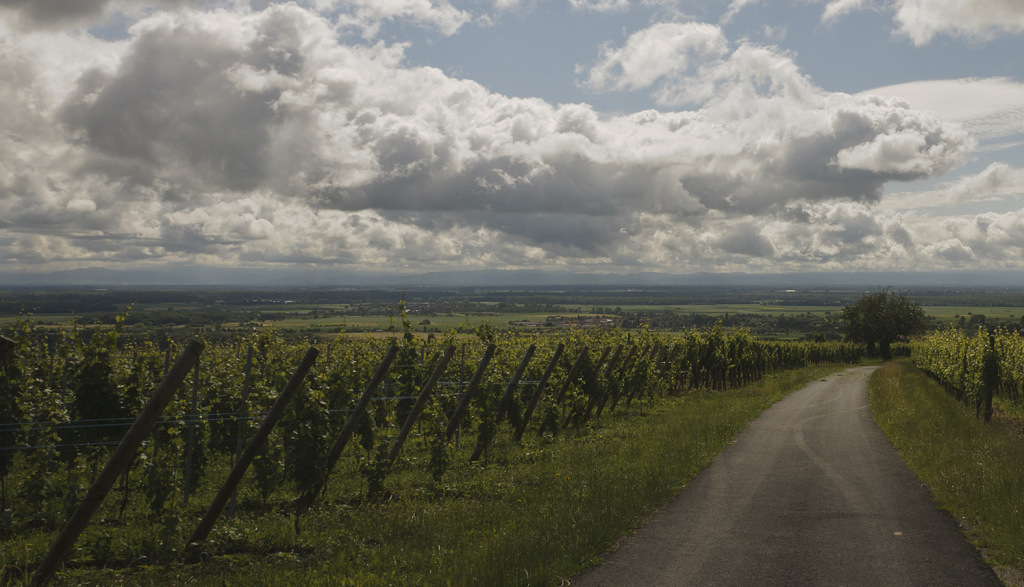 Wine grapes are finicky things. They need water to grow, but if they get rain at the wrong time then the fruit can rot. Sun and warmth are required to ripen the grapes fully, however too much will result in high sugar (and, therefore, alcohol) with not enough flavor. The right mix of everything depends on which grape variety you are trying to grow and what wine you are trying to make. With all that to worry about, we can see why the topic of climate change is an important one to winemakers. Three recent articles explore the subject from strikingly different directions.
Wine grapes are finicky things. They need water to grow, but if they get rain at the wrong time then the fruit can rot. Sun and warmth are required to ripen the grapes fully, however too much will result in high sugar (and, therefore, alcohol) with not enough flavor. The right mix of everything depends on which grape variety you are trying to grow and what wine you are trying to make. With all that to worry about, we can see why the topic of climate change is an important one to winemakers. Three recent articles explore the subject from strikingly different directions.
In No more Merlot: France’s vineyards under threat, Hazel Southam writes about the effect of rising temperatures on the grape at the heart of Bordeaux wine. French wine law is all about matching grape varieties with geography, soils, and climate. If the climate changes, the ideal combination may no longer be the one required by French law. Indeed, it may not even be possible to successfully cultivate Merlot in many of the regions where it is now required.
Matthew Southwick takes a look at the impact of climate change on wine production in Australian wine under threat from climate change, as grapes ripen early. Warmer summers are leading to situations where traditionally late ripening varieties need to be picked at the same time as early ripening grapes, compressing what used to be a three-month harvest into three weeks. Dryer conditions are leading to increased brush fires which can destroy a crop (either directly or by smoke taint) and raise questions about the long-term viability of some vineyard locations.
Finally, showing that one winemaker’s terror is another’s potential terroir, James McWalter writes on The Feasibility of Ireland Becoming a Wine Producing Country Due To Climate Change. An analysis of predicted climate conditions in southeast Ireland shows many similarities to current northern European wine regions. Soils may present other problems, but it appears that winemaking in southern Ireland could be possible within the next 35 years or so.
Read all these articles (none of them is very long) and you will get a thought-provoking picture of the dangers and the opportunities facing the industry. In spite of the doom and gloom nature of two of the three titles, none of the articles predict the end of wine, in fact rather the opposite. And therein lies the common thread between all these pieces.
We’ve seen the ability of French law to adapt in its response to the Phylloxera crisis of the late 19th century. New opportunities in winemaking have already arisen from climate change, such as the flourishing sparkling wine industry in southern England.
We can be pretty sure that climate change is going to have an impact on the wine industry (not to mention a whole lot of other things). However, research and planning can help manage the change. Forward-looking professionals are already working to match grape varieties to anticipated climate conditions, either in existing vineyard locations or new ones. It’s an approach that should help wine weather the storm.
